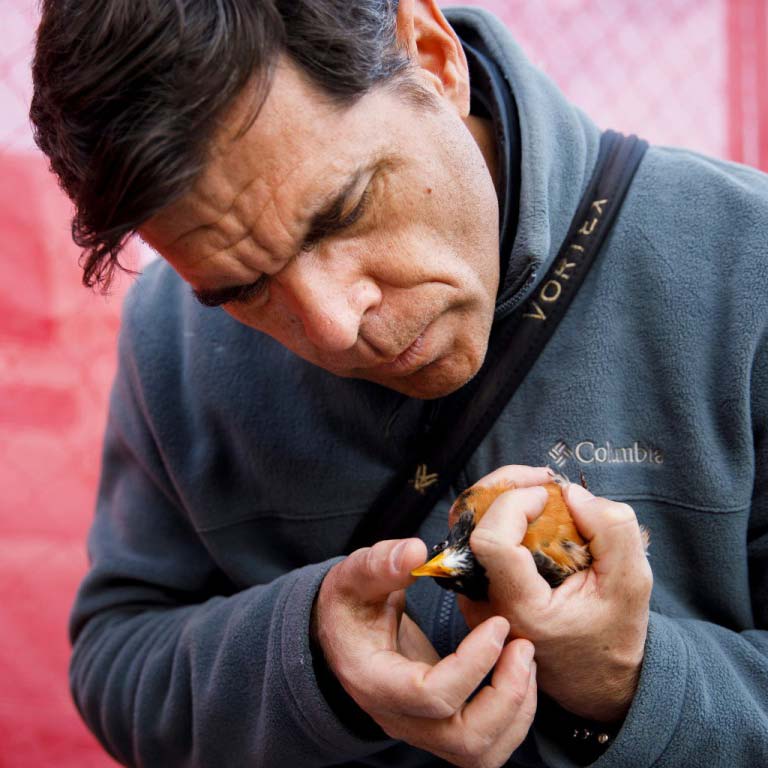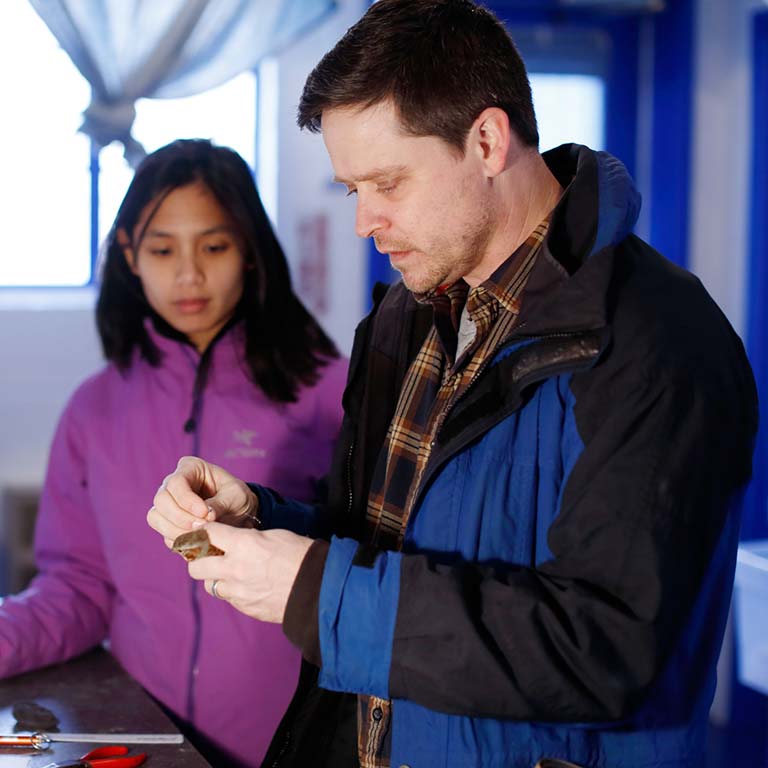In 2018, revenue from corn and soybean yields totaled more than $6.5 billion in Indiana. But if climate conditions continue to worsen, some research estimates that corn and soybean production in the Midwest could decrease by as much as 25 percent or more by mid-century.
Rising temperatures and severe storms are increasing across Indiana, such as the persistent and intense rain and flooding during spring 2019 that substantially delayed planting, damaged the livelihoods of countless farmers, and threatened the vitality of our state.
Facing these kinds of threats demands active collaboration from Indiana businesses, policymakers, and community organizations. It also requires the resources and leadership to deliver solutions that protect Indiana’s economy, health, and livelihood.
Answering this need led IU to partner with Cummins Inc., Citizens Energy, and the Nature Conservancy to launch one of the nation’s most comprehensive efforts to prepare for the effects of environmental change. Led by a team of IU researchers from across the university, the Prepared for Environmental Change Grand Challenge initiative is the second project announced under IU’s Grand Challenges program.
As part of that Grand Challenge, 11 research fellows from across the world are working together at IU’s Environmental Resilience Institute to understand the myriad of impacts environmental change is having on Indiana. With expertise in the scientific, sociological, legal, historical, and artistic challenges of climate change, these researchers are producing insights that can quickly translate into actionable steps for Hoosiers across our state.





